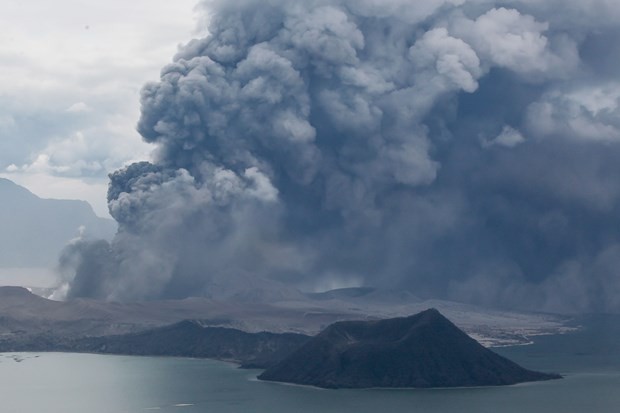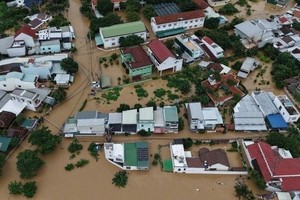
Renato Solidum, head of the Philippines' seismological agency, said Taal's previous eruptions have gone on for as long as months so it is impossible to predict an end to the current activity.
The warning of a potentially catastrophic "explosive eruption" may remain in place for weeks, depending on developments, he said.
“We have a protocol of waiting for several days, sometimes two weeks, to make sure that indeed volcano activity has essentially stopped," he noted.
Taal dramatically burst with activity on January 12, shooting a massive column of ash kilometres into the sky that then rained down on the region.
Falling ash pushed aviation officials to temporarily shut down Manila's main international airport, forcing the cancellation of hundreds of flight and stranded tens of thousands of travellers.
Many residents abandoned livestock and pets as well as homes full of belongings after authorities sounded an alert warning that an "explosive eruption" could come imminently.
As many as 30,000 people are currently in shelters.
Taal is one of the most active volcanoes in the Phillipines as the Southeast Asian nation lies on the “Ring of Fire,” a belt of volcanoes circling the Pacific Ocean that is also prone to earthquakes.
Taal has erupted more than 30 times in the past five centuries, most recently in 1977. An eruption in 1911 killed 1,500 people and one in 1754 lasted for two months.
























